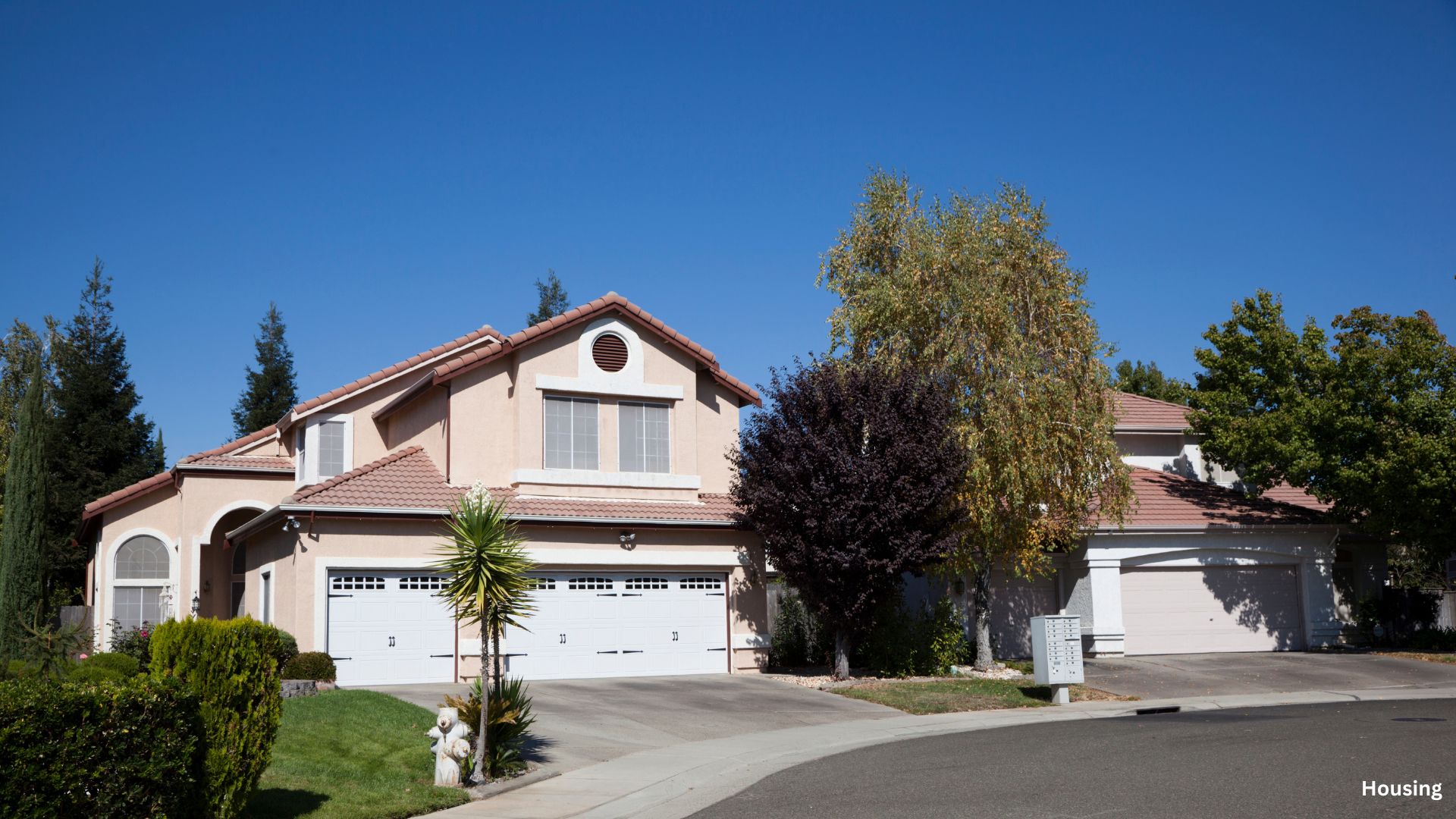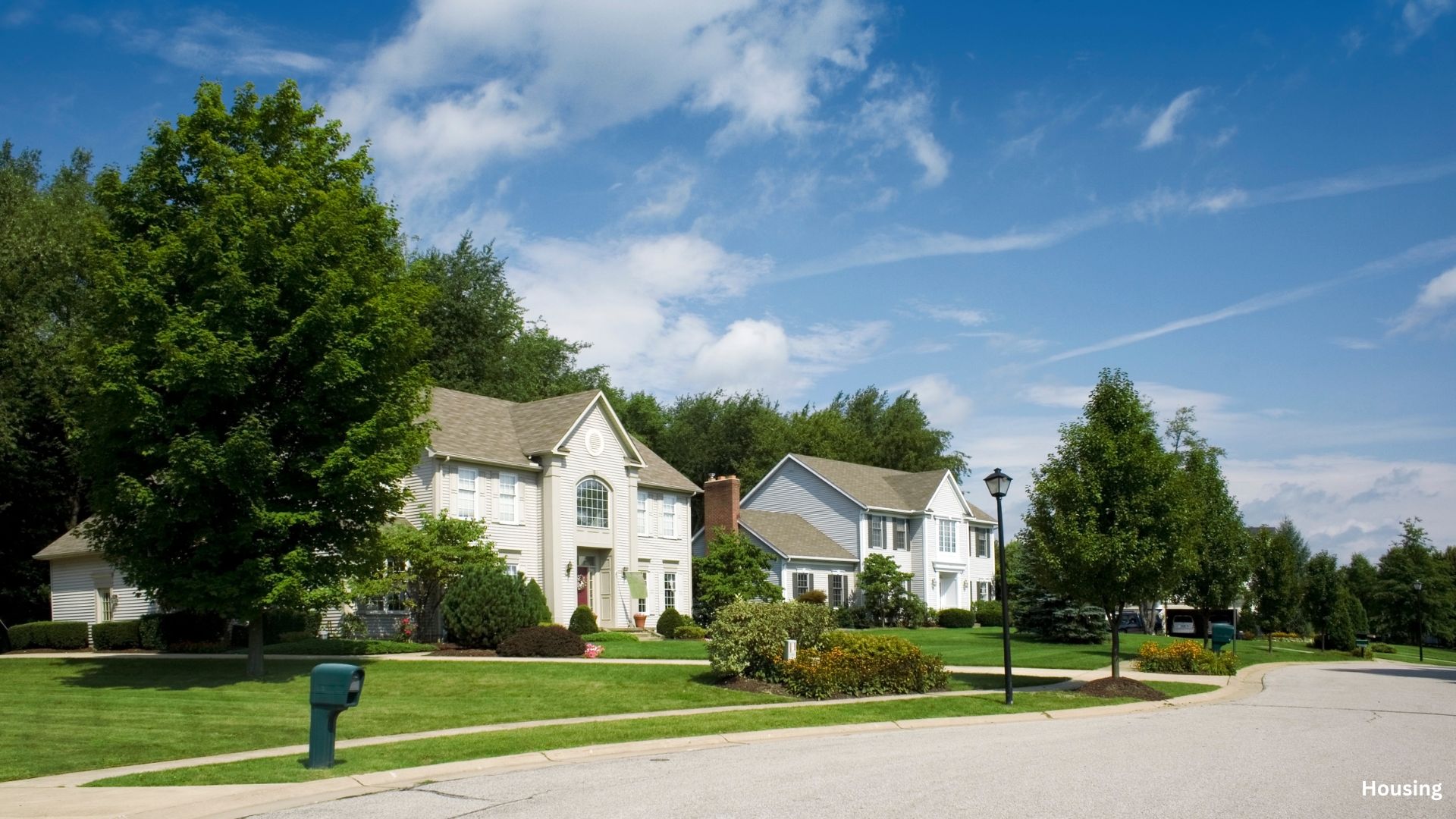The impact of lower mortgage rates is a topic of significant interest as the Federal Reserve continues to make adjustments. While recent rate cuts might seem like a win for prospective homebuyers, the broader housing market remains entangled in various challenges. From a shortage of available homes to rising costs in key areas like insurance and rent, the impact of lower mortgage rates is not a simple fix for America’s housing crisis.

Understanding the Impact of Lower Mortgage Rates
Lower mortgage rates are expected to increase buying power, but they do not necessarily solve the deeper problems in the housing market. According to a recent analysis by CNN, while the Fed’s rate cuts have reduced borrowing costs, other pressing issues, like the shortage of homes for sale and rising homeowner expenses, persist. The gap between supply and demand in the housing market is a key factor driving up home prices, even as mortgage rates fall.
For instance, the median existing-home price in the U.S. was $416,700 in August 2024, a slight dip from a record high, yet still reflective of the affordability crisis many Americans face. Lower rates may entice buyers, but the availability of homes, inflated insurance costs, and stagnant wages remain formidable barriers.

Challenges in Housing Supply and Labor
The problem goes beyond just interest rates. Vice President Kamala Harris and former President Donald Trump have both proposed solutions to increase housing supply, yet homebuilders face obstacles like expensive building materials, regulatory hurdles, and a shortage of skilled labor. As Danushka Nanayakkara-Skillington from the National Association of Home Builders highlights, these additional strains have contributed to a slower response to demand despite favorable borrowing conditions. Even with the availability of loans for homebuilders increasing due to rate cuts, the construction industry still grapples with worker shortages and higher costs.
The article by CNN underscores that while rate cuts provide relief, they do not address the root causes of the housing crisis. More comprehensive strategies are required, from zoning law adjustments to affordable housing development, to truly alleviate America’s housing supply problem.

Breaking the ‘Rate Lock’ Phenomenon
Another challenge brought on by previous low mortgage rates is the “rate lock” effect. Homeowners who purchased or refinanced at historically low interest rates are reluctant to sell and take on higher rates, leading to fewer homes being listed. Nearly 60% of the 50.8 million active mortgages in the U.S. have interest rates below 4%, according to the Consumer Financial Protection Bureau. As a result, the supply of homes for sale remains tight.
However, as mortgage rates begin to fall once more, experts, including Charles Dougherty from Wells Fargo, predict that the rate lock effect will ease. This could help bring more homes to market, though it’s uncertain if this will be enough to balance supply with demand.

Will Lower Mortgage Rates Solve the Crisis?
The impact of lower mortgage rates provides some relief, but it is not the ultimate solution to America’s home affordability crisis. As highlighted in CNN’s analysis, the country still faces a severe housing shortage, rising living costs, and significant regulatory hurdles that make it difficult for new housing developments to keep pace with demand. While falling mortgage rates offer short-term benefits to homebuyers, a long-term fix will require more systemic changes, including addressing housing supply and reforming zoning laws.








